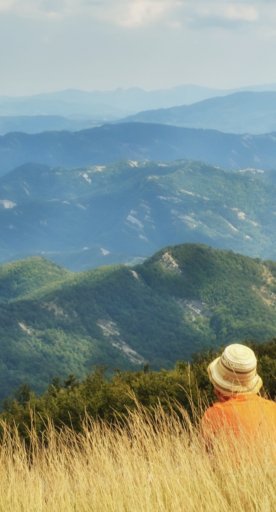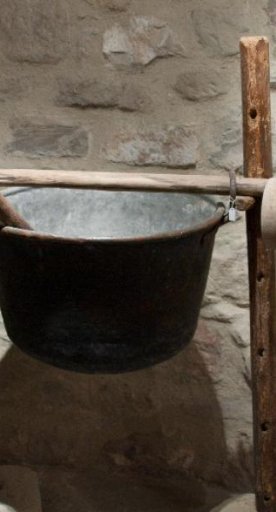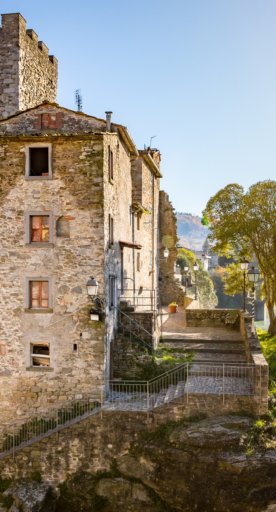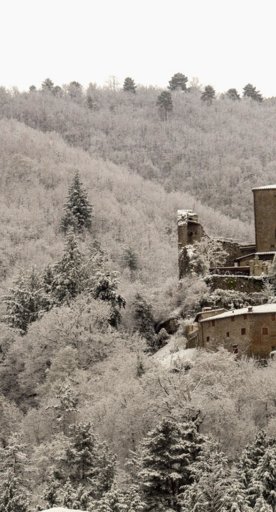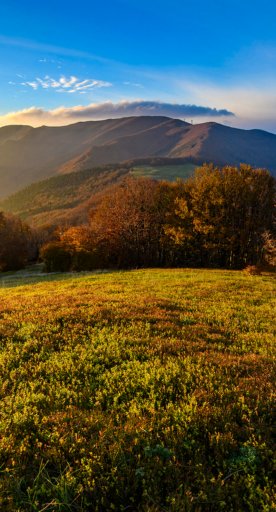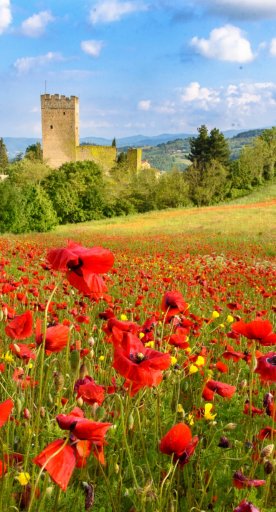Throughout the municipality, a few kilometres from the hamlet of Rassina, it’s really worth seeing the beautiful Romanesque Parish Church of Sant’Antonino a Socana, an ancient place of worship (which some believe is almost 2000 years old!), built with a splendid apse and an evocative cylindrical-shaped bell tower. Nearby, you’ll come across the traces of three civilizations: Etruscan, Roman and Early Christian. From the Etruscan period, excavations have brought to light a magnificent sacrificial altar and a temple’s staircase. The actual church could date back to the 12th century, even if the parish church is mentioned in a document from 1072 and the excavations have unearthed remains that prove the existence of a previous church from the 11th century. The cylindrical bell tower can be attributed to this period, decorated in pilaster strips made from slabs of sandstone.
There are also other attractions worthy of mention in the area of Castel Focognano, the Casentino. One is located in Salutio, the Parish Church of Sant’Eleuterio, also built in the Romanesque style with Byzantine influences and Baroque elements. The mountain village of Carda also merits a visit, dominated by the Church of Sante Flora e Lucilla, which preserves a precious polyptych by Mariotto di Cristofano (1425) and a canvas painting by Pontenani.



